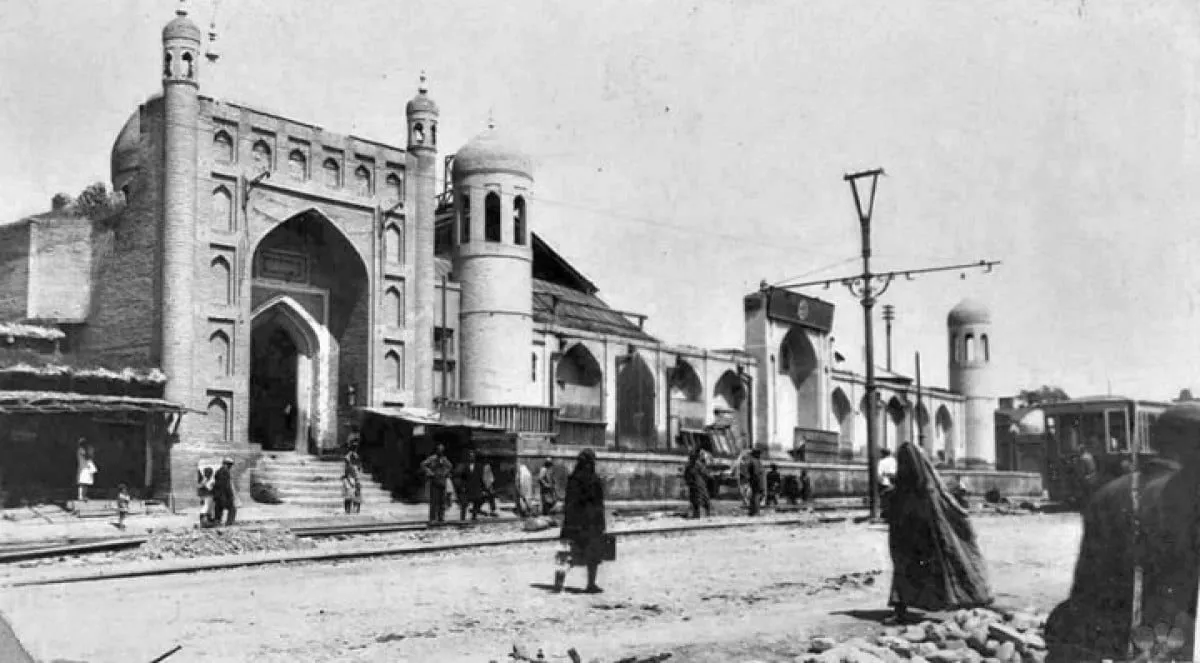
One century ago, in October 1924, a new administrative unit — the Uzbek Soviet Socialist Republic — appeared on the map of Central Asia. This was reported by Upl.uz.
In February 1925, this republic officially became part of the Soviet Union. One of the most complete reflections of the historical images of that time was Maxs Penson.
He became a documentary witness of that era with his works photographed for the newspaper "Sharq Haqiqati" and TASS. Maxs Penson was born in the city of Velizh, Smolensk region of Russia.
During World War I, he was evacuated with his family to Kokand. He did not come directly to the art of photography.
Initially, he was taught to draw and worked in the department of public education, later finding his true calling in photo art. In 1926, his talent was recognized, and he was invited by the newspaper "Sharq Haqiqati."
His activity coincided with a period of profound changes in the life of the republic. This period was associated with the policies of industrialization and collectivization.
One of the central themes of Penson's work was the construction of the Great Fergana Canal. This canal is considered one of the largest hydraulic engineering projects of the Soviet era.
The canal stretches over 350 kilometers and passes through the territories of present-day Uzbekistan, Kyrgyzstan, and Tajikistan. This was a significant effort to solve water supply problems.
Penson's photographs show thousands of people building the "river created by human hands" with shovels. Unfortunately, these large projects later led to an ecological disaster that caused the drying up of the Aral Sea.
Another main theme of his work was cotton cultivation, as the Uzbek SSR held a leading position in the Soviet Union as the main supplier of "white gold." Penson's photographs captured the first tractors working in cotton fields and the hard labor of manual workers.
These photographs clearly express the scale and difficulties of a campaign that encompassed the entire nation. Additionally, social changes also played an important role in Penson's work.
The Soviet government promoted the image of a "new Uzbekistan," advocating for the abandonment of old customs. Penson's photographs are a vivid example of this policy.
For instance, the photographs from "likbez" schools reflect a nationwide campaign to eliminate illiteracy among the population aged 8 to 50. These photographs show not only the process of teaching reading and writing but also the introduction of the Russian language.
Maxs Penson also captured many images of the "Khujum" movement aimed at women's liberation. In the 1920s, he often photographed women in traditional veils, while later his archive included more images of women actively participating in society with uncovered faces.
Penson photographed the dancer Tamara, who became a symbol of this era, multiple times. She was one of the first artists to perform on stage without a veil, which was accepted as a symbolic act.
Penson's photographs also depicted women dancing at Soviet celebrations. Alongside official themes, Penson documented the life of the Bukhara Jewish community, which helped preserve the unique cultural layer of that region.
Unfortunately, Penson's life ended tragically. In 1948, as a result of a state policy called "struggle against cosmopolitanism," he was dismissed from "Sharq Haqiqati."
Having lost his accreditation, he was deprived of his beloved work and fell into a long-term depression. He passed away in 1959.
His extensive archive, which includes numerous sources, has long







